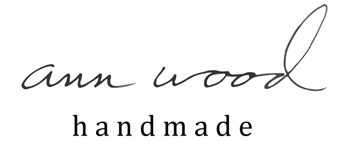
It’s like paper mache, but with fabric.
Have you got scraps? Tiny fragments of fabric you love but don’t know what to do with? Stitched Vessels are for you. And no printer? No problem – there are no templates – it’s a technique – and you can view the instructions on you computer or smart device. The process is simple, intriguing and (be warned) addictive.
You probably already have the other materials you need (they are top secret).

I made this project for the stitch club community and over the last year members have made lots of wonderful vessels in all shapes and sizes. There were also vessel workshops in France and LA last year.

The technique scales and most fabrics work (just avoid anything stretchy). This is super chill, get set up somewhere cozy, meditative, slow stitching. I’m pretty sure it makes me a more agreeable person…
You can buy the tutorial in the shop for 8 bucks or get it free when you join stitch club.
Plus February is International Scrap Month! (that’s a thing I made up that is also totally legit) and wabi sabi vessels made from your most favorite scraps are the perfect way to celebrate.

the hundred day stitch book challenge – we are at the 1/4 mark
Today – Friday- is day 29 and beginning the fifth week today – it has flown by so far. We have a solid amount of work behind us and I’m wondering how you’re feeling in the process? Each year I’m nervous to start. So worried it will feel stale or that no inspiration will appear. And once again the process is delivering energy and ideas. In the stitch club community and on instagram I’m seeing lots of imaginative stitching.

 The two pages above, created by Stitch Club member Barbara, are bursting with movement and energy. There’s an incredible sense of vibrancy, drawing you in—there’s so much to explore, and it pulses and vibrates… Barbara has been a member from the beginning and it’s been super interesting to watch her tap into her intuition more and more. One of the core goals of this kind of improvisational work is to deepen that connection. I firmly believe that work, that practice, that listening delivers our best and most singular work.
The two pages above, created by Stitch Club member Barbara, are bursting with movement and energy. There’s an incredible sense of vibrancy, drawing you in—there’s so much to explore, and it pulses and vibrates… Barbara has been a member from the beginning and it’s been super interesting to watch her tap into her intuition more and more. One of the core goals of this kind of improvisational work is to deepen that connection. I firmly believe that work, that practice, that listening delivers our best and most singular work.





























































































































